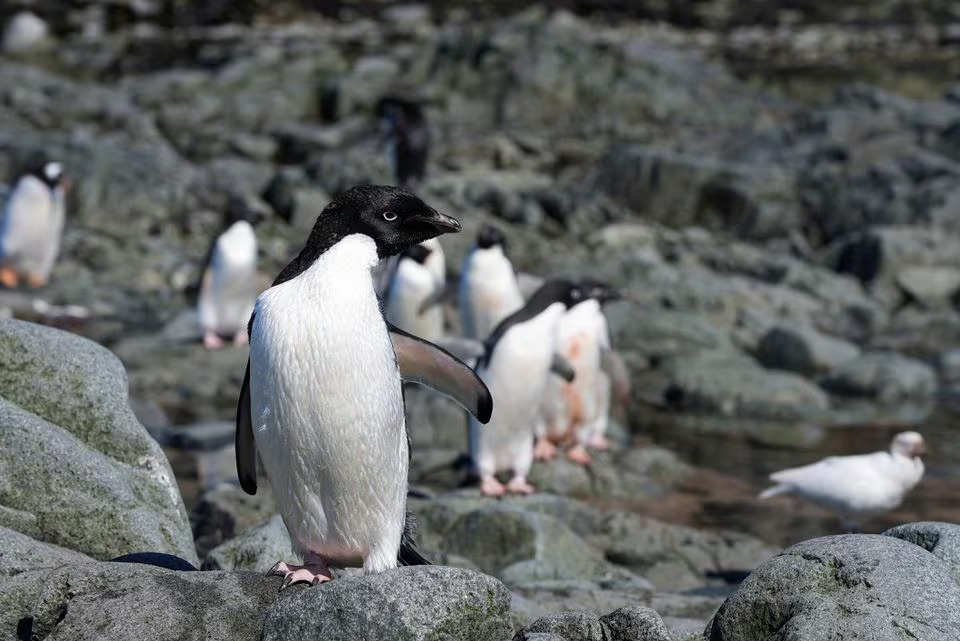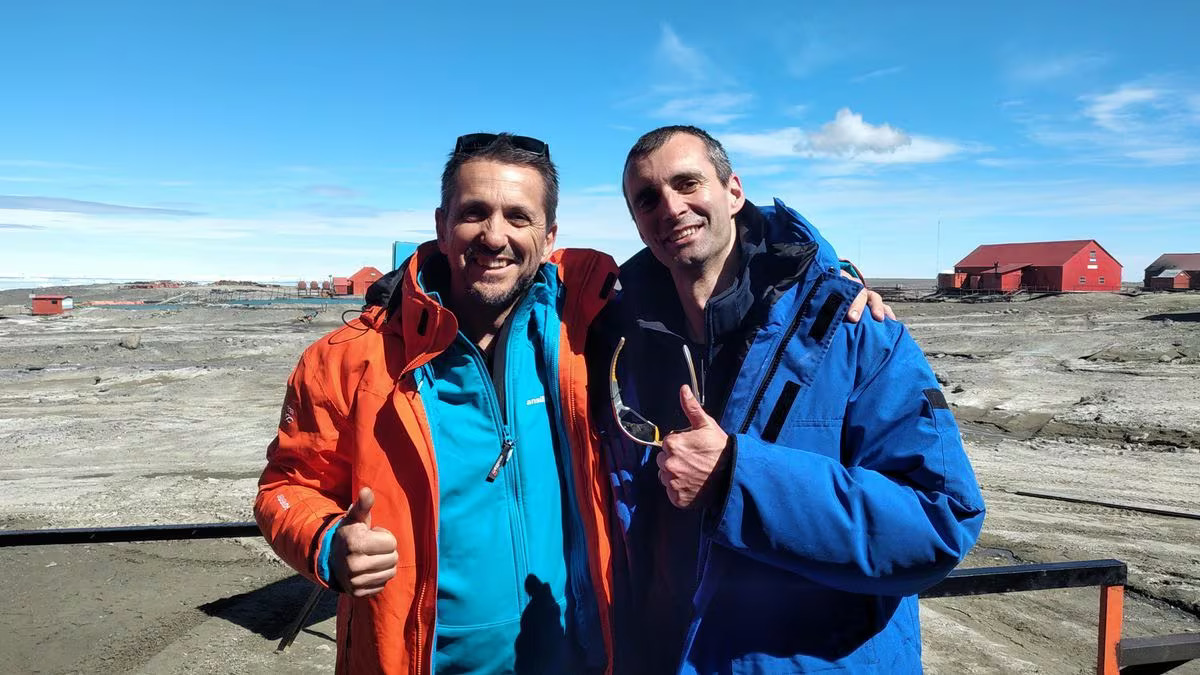BUENOS AIRES -- The amount of microplastics in the Antarctic is being analyzed by using nuclear science to study the region's waters, sediment and even penguin droppings.
The new joint investigation launched this weekend by the U.N.'s International Atomic Energy Agency and the Argentine Antarctic Institute (IAA) is part of the IAEA's NUTEC Plastics Initiative that has looked at microplastic pollution in countries around the world.
Rafael Grossi, director general of the IAEA, said that by using nuclear applications, it was possible to determine with good accuracy the amount of pollutants found on the seabed and also where they had come from.
"The health of Antarctica is essential for the health of the planet," Grossi told Reuters from the "white continent", where he visited on Saturday with Argentine President Javier Milei.
"Microplastics are affecting the environment and this place is no exception."
|
|
| Researcher at the Argentine Antarctic Institute (IAA) Lucas Ruberto and laboratory technician at the International Atomic Energy Agency (IAEA) Francois Oberhansli pose for a picture at Base Marambio, Antarctica, January 6, 2024. Photo: Reuters |
The program will use Argentine icebreaker Almirante Irízar and scientists will take samples from penguin guano, sediment from the seabed and from the water around the ice sheet to analyze at Argentina's Carlini Base in the Antarctic. Others will be sent to the IAEA research center in Monaco.
"We are paying special attention to the smallest fraction of microplastics and trying to identify their origins," said Lucas Ruberto, researcher at the IAA, adding they would then identify how to clean them up and even prevent them in the first place.
"Also if they've been carried by sea currents from other parts of the planet or are generated in Antarctica itself."
Ruberto said microplastics - particles smaller than 5 millimeters - were a global problem due to large use of plastics and were harmful to life, because they are often ingested, causing accumulation within organisms that can lead to diseases.
"It's estimated that since its introduction into the market, 7 billion metric tons of plastic have been dumped into the environment, a large part of them in the marine environment," he said.



















































